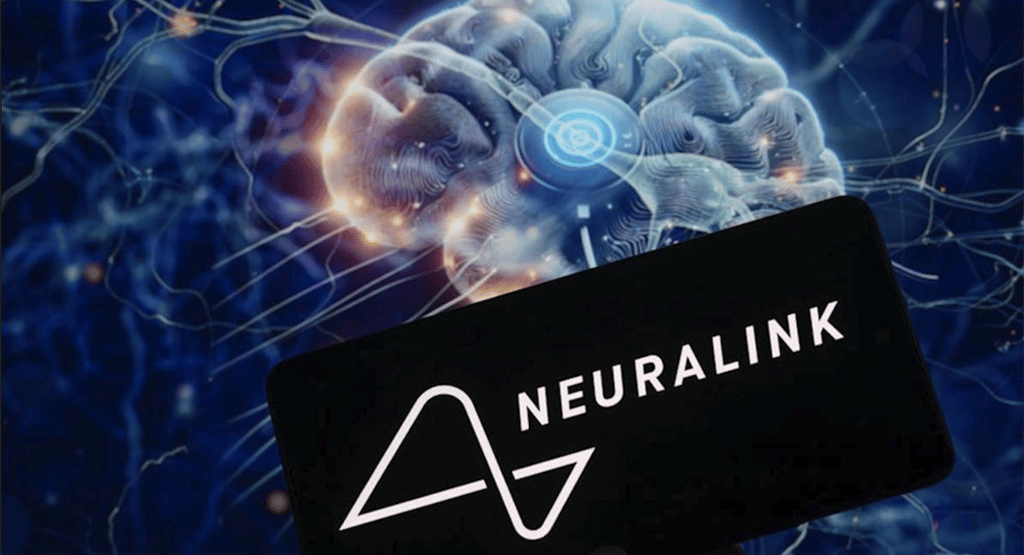From Silence to Speech: How Neuralink Gave Bradford Smith His Voice Back—and Why It Matters
4/29/20253 min read


From Silence to Speech: How Neuralink Gave Bradford Smith His Voice Back—and Why It Matters
Imagine losing the ability to speak, move, or even hug your loved ones—all while your mind remains sharp and desperate to connect. For Bradford G. Smith, a man living with ALS (amyotrophic lateral sclerosis), this was his reality. ALS, a devastating disease that destroys motor neurons, left him nonverbal and immobile, with only the corners of his mouth and eyes able to move. But on April 27, 2025, Bradford shared a groundbreaking moment on X: he typed a post using only his thoughts, thanks to a Neuralink brain implant. This isn’t just a tech story—it’s a human one, and it’s changing lives in ways we’re only beginning to understand.
A Breakthrough for Humanity
Bradford, known on X as@ALScyborg, became the third person in the world to receive a Neuralink brain implant, and the first with ALS to do so. Neuralink, Elon Musk’s neurotechnology company founded in 2016, developed a coin-sized implant with 1024 electrodes across 64 threads, inserted into the motor cortex by a robot with precision no human surgeon can match. The implant connects to a computer via Bluetooth, allowing Bradford to control a cursor and type by simply thinking about it. Even more remarkable? His voice, lost to ALS, was cloned using AI from old recordings, letting him "speak" again through the interface (Fox Business, 2025-04-28).
In his X post, Bradford shared how this technology has transformed his life: “I am typing this with my brain. It is my primary communication. Thank you @elonmusk!” For someone who couldn’t speak or move, this is nothing short of a miracle. He’s not just communicating—he’s creating videos, controlling his MacBook Pro, and reconnecting with the world. As the X post by @Teslaconomics passionately argues, Neuralink is “restoring autonomy to those who’ve lost it,” challenging the hate directed at Musk by showcasing the profound impact of his innovations.
The Bigger Picture: Neuralink’s Promise and Perils
Neuralink’s technology isn’t new in concept—brain-computer interfaces (BCIs) have been researched for decades. In 1998, Johnny Ray, a patient with locked-in syndrome, used an early BCI to control a cursor (Wikipedia, 2024-08-15). But Neuralink has taken this to the next level. Its implant, deemed “cosmetically invisible,” records and transmits brain activity with unprecedented precision, thanks to robotic surgery that Elon Musk says surpasses even the best human surgeons (X post by @elonmusk, 2025-04-27). Beyond ALS, Neuralink aims to help those with spinal cord injuries, like its first two recipients, and even dreams of treating obesity, depression, and enabling telepathy (Reuters, 2025-04-23).
But with great promise comes great responsibility. Critics raise ethical concerns about Neuralink’s unorthodox approach. The company often bypasses traditional scientific norms, sharing progress via social media rather than peer-reviewed journals, which has unsettled some researchers (STAT News, 2024-07-08). There are also questions about long-term safety—implants can cause scar tissue or fail over time—and informed consent, as Musk’s hype might overpromise benefits to vulnerable patients (Frontiers, 2025-03-24). Still, for Bradford, the benefits are undeniable: “Even though having the disease sucks, I am happy, and God has answered my prayers,” he said in a video on X.
Why This Matters to You
This isn’t just about Bradford or Neuralink—it’s about the future of humanity. BCIs could one day help millions with neurological disorders, from ALS to paralysis, regain independence. Imagine a world where a thought can turn on your lights, write an email, or even control a robotic arm. Neuralink’s valuation recently hit $8.5 billion, reflecting the massive potential investors see (Reuters, 2025-04-23). But it also forces us to confront tough questions: How far should we go in merging humans with machines? What happens if this tech falls into the wrong hands?
The X community’s response to Bradford’s story has been overwhelmingly positive. @Teslaconomics’ post, which includes a striking illustration of a cyborg-like figure with Neuralink tech, sparked comments like “Elon never gives up” (@drrex1) and “This truly is amazing!” (@MartarAndrea). Yet some, like @SpringTesla, point out the irony of Musk’s critics calling him a “Nazi” while supporting causes like Hamas—highlighting the polarized views on his work.
A New Era of Connection
Bradford’s story is a testament to what technology can do when driven by a mission to help humanity. Neuralink isn’t perfect, and its journey is just beginning, but for now, it’s given a man back his voice—and with it, his ability to connect with the world. As we marvel at this innovation, we must also grapple with its implications. What does it mean to be human in an age where our thoughts can control machines? How do we balance innovation with ethics?
I’ll leave you with a few questions to ponder: If you or a loved one lost the ability to communicate, would you embrace a brain implant like Neuralink’s? How do we ensure this technology remains a force for good, not harm? And finally, does Elon Musk’s vision for humanity inspire you, or make you uneasy? Let’s keep the conversation going.
Photo Credit: www.aol.com
hello@boncopia.com
+13286036419
© 2025. All rights reserved.